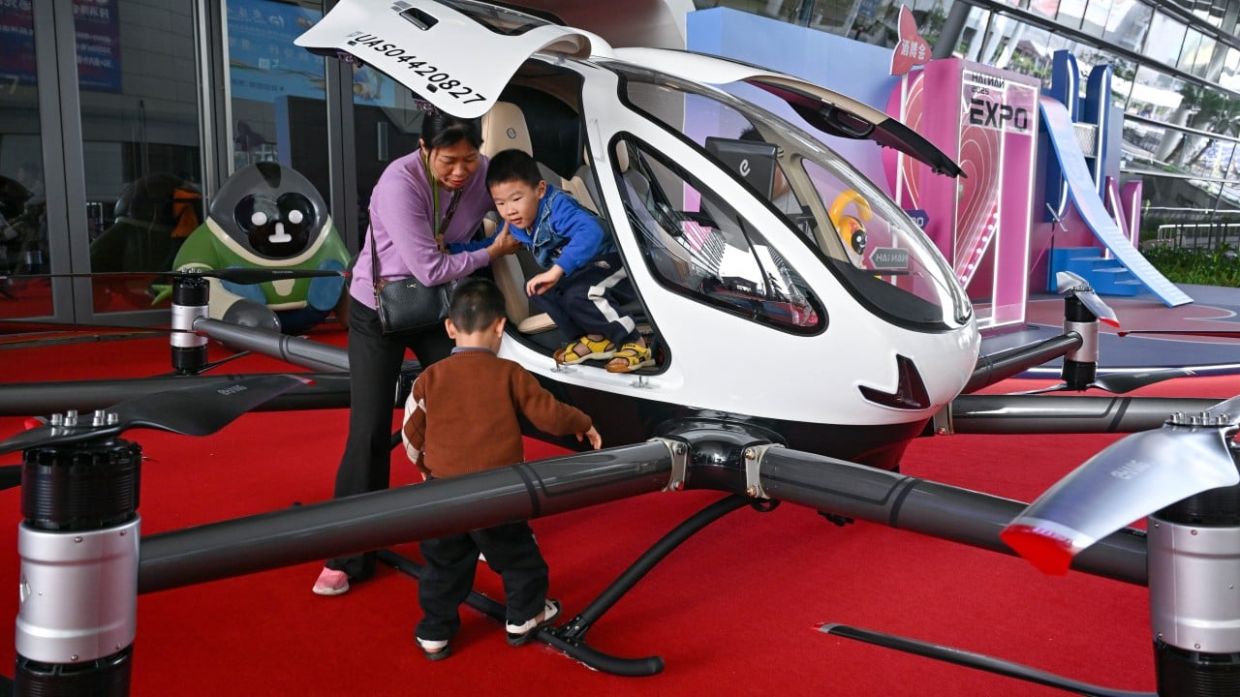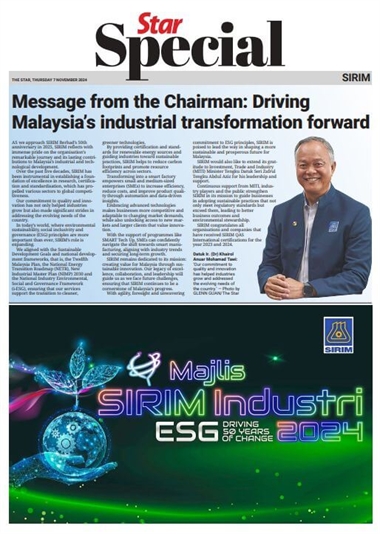
EHang, which is conducting trials in Guangzhou and Hefei, will offer services in restricted corridors in these two cities by year-end. — SCMP
Flying taxis could be used for public transport within the next five years on the mainland, according to a senior executive of Chinese passenger drone maker EHang Holdings.
“I believe that by 2030, China will likely have fixed-route air shuttle services,” chief financial officer Conor Yang said in an interview on Tuesday. “It’s also possible that in some cities, with sufficient infrastructure such as take-off and landing points, air taxi services could emerge.”
The Nasdaq-listed developer of electric vertical take-off and landing (eVTOL) aircraft for urban air mobility and joint venture partner Hefei Heyi Aviation in March became the first companies in the world to receive certification from the Civil Aviation Administration of China (CAAC) to operate autonomous passenger drones.
Yang said EHang was conducting trial flights in Guangzhou and Hefei to collect and analyse data before it starts operating in designated areas in these two cities by the end of this year. The Guangzhou-based company has received certification for its twin-passenger EH216-S aircraft, which has a top speed of 130km/h and a range of 30km.
The EH216-S is available for 2.39mil yuan (RM1.41mil or US$331,000) on Chinese e-commerce platform Taobao.
“We are seeing strong interest in our services overseas, particularly in the Middle East, Southeast Asia and even Latin America,” Yang said. He said EHang was in discussions with Thailand’s civil aviation authorities to operate eVTOLs in designated areas in the country after it completed its maiden passenger flight in Bangkok in November.
Beijing has taken many steps in recent months to accelerate the development of the low-altitude economy – businesses operating aerial vehicles below 1,000 metres. China’s low-altitude economy is predicted to be worth 1.5 trillion yuan (RM886.67bil) by 2025 and reach 2.5 trillion yuan (RM1.47 trillion) by 2035, according to CAAC. By 2030, China could have 100,000 eVTOLs, the China Low Altitude Economic Alliance, an industry body, estimated last year.
Some of China’s biggest carmakers, such as FAW Group, Geely Auto and Tesla rival Xpeng, are also keen on entering the flying taxi segment.
“The overall landscape is quite large and it can’t be dominated by just one company,” said Yang. “Of course, we are very confident that we will continue to be the leader.”
Late last year, EHang tied up with state-owned Changan Automobile to undertake research and development, manufacturing, and sales and operations of eVTOLs. The companies also said they would consider forming a joint venture to develop technologies.
EHang will launch an upgraded version of its lift-and-cruise VT-30 eVTOL aircraft called the VT-35 this quarter, with plans to operate the longer range drone on intercity, cross-bay and cross-mountain routes.
Later in the year, Yang said the company would unveil at least two battery solutions developed in partnership with a leading Chinese manufacturer, without disclosing its name. EHang and Gotion signed a deal in 2023 to co-develop battery products for eVTOLs, including cells, packs, storage systems and charging facilities.
There were also plans to expand the annual aircraft production capacity to 1,000 units by the end of the year from 300 at present.
Yang also said EHang was looking into another potential listing location outside the US, without divulging details.
Stuart Pearson, the global head of automobile equity research at BNP Paribas, said deploying eVTOLs for commercial passenger use would not be possible until the 2040s and that initial commercial applications were likely to focus on logistics and delivery.
“I guess it’s a moon shot at the moment, but as we’ve learned over the last decade, some of these technologies can move along a lot quicker than we expected,” he said in a media briefing in Hong Kong on Monday. “AI [artificial intelligence], of course, will accelerate the potential for the aerial mobility sector.” – South China Morning Post











































